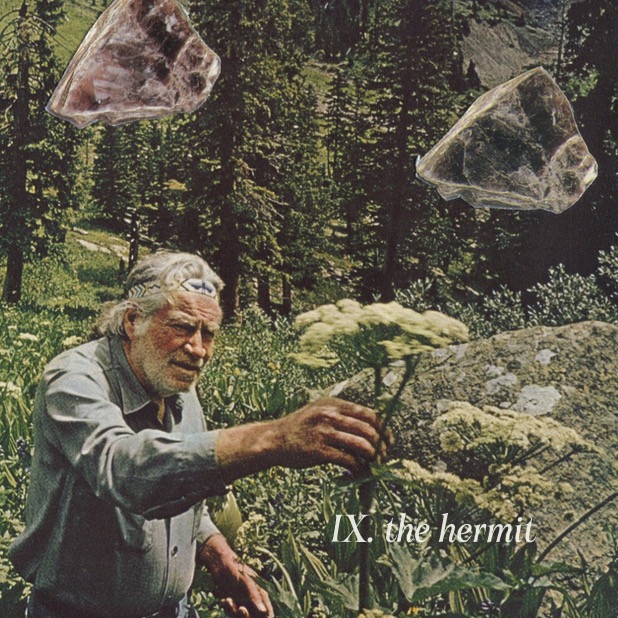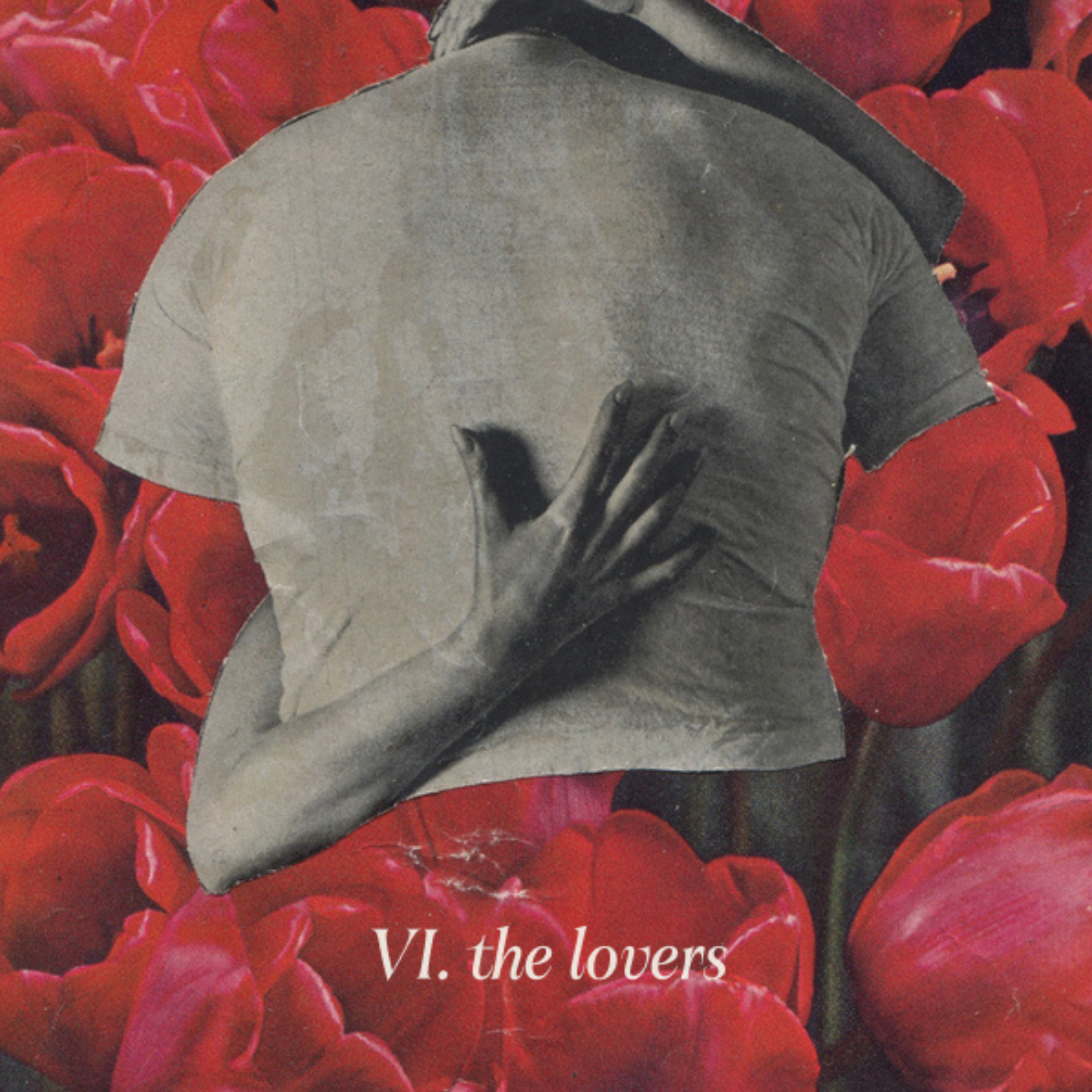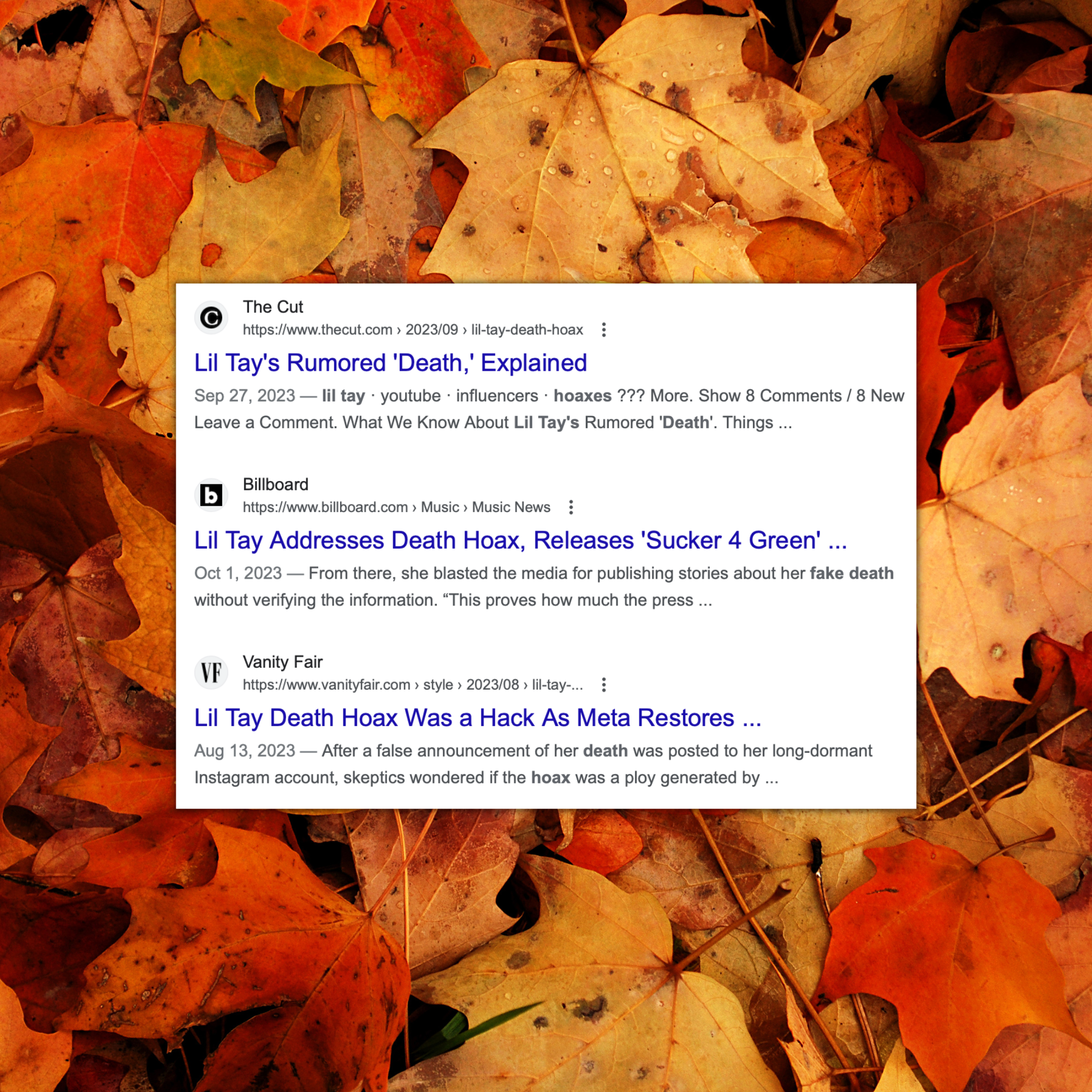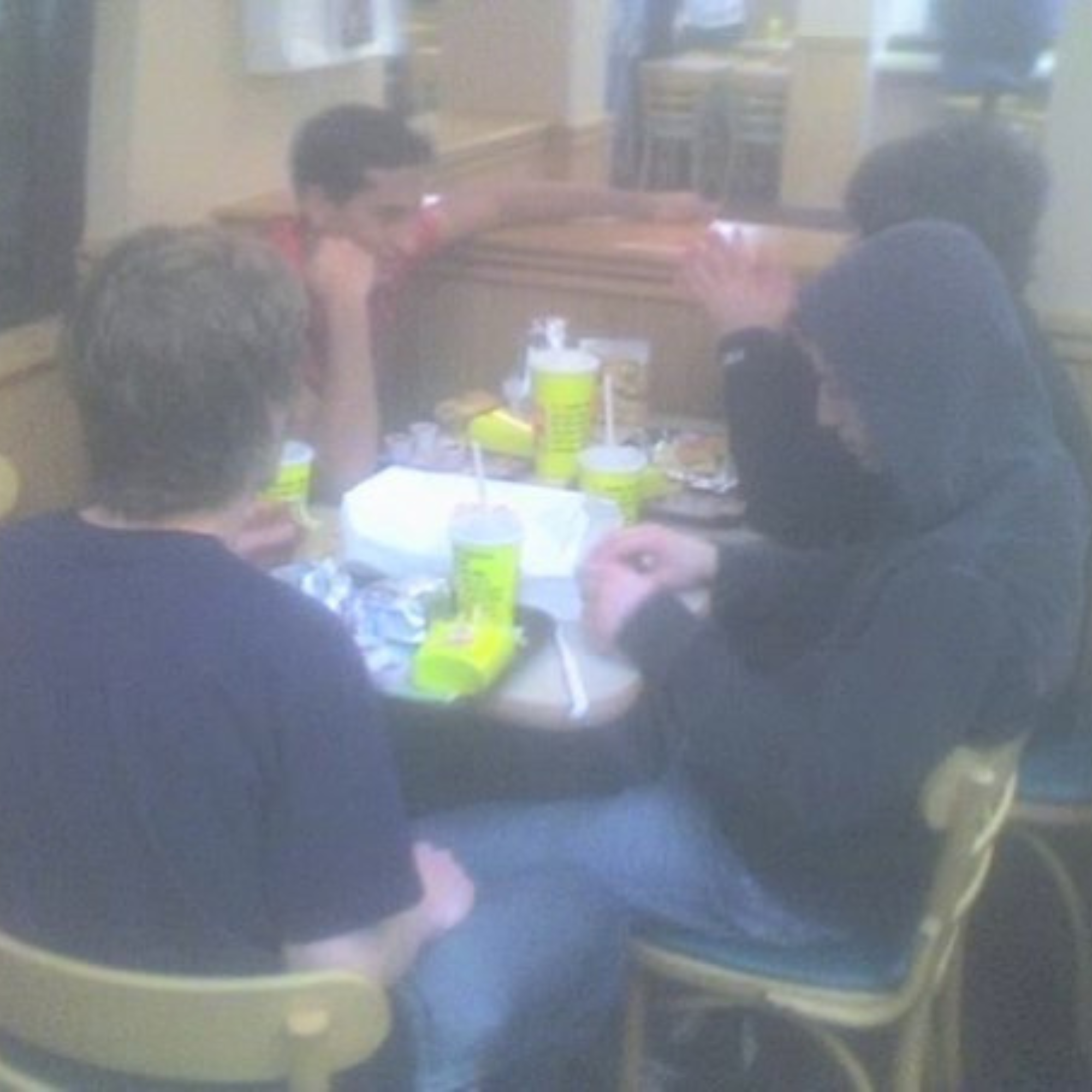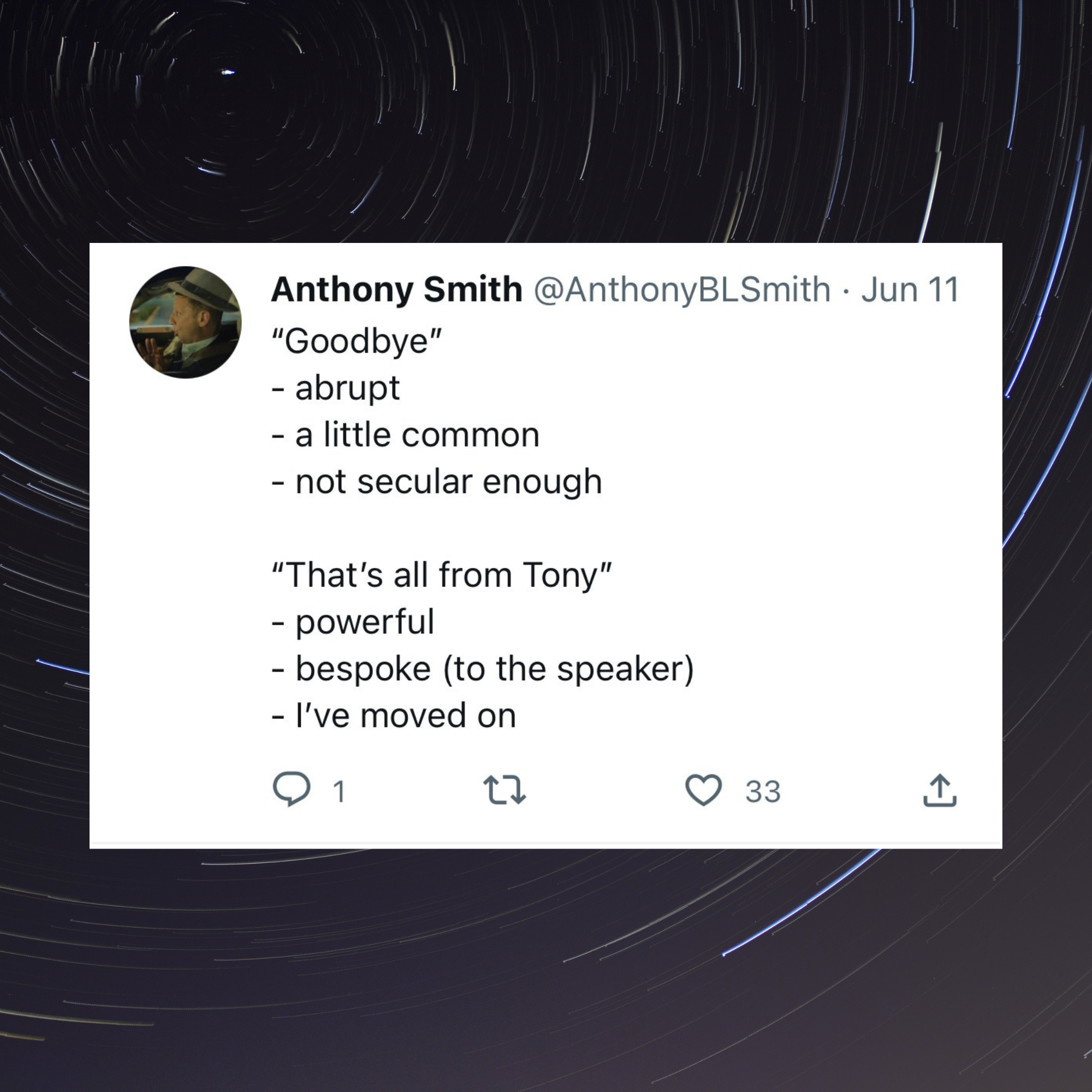- Studio Dirt
- Posts
- Lady Midday
Lady Midday
Death is a woman.

Tarot artwork by Christine Shan Shan Hou
Katy Kelleher on becoming a devotee of destruction.
There is a figure in Slavic mythology called Lady Midday, and I’m obsessed with her. She’s the personification of sunstroke, according to some mythologists, and thus tends to show up around noon, on hot days, in the fields where workers are harvesting grain. Despite her dark effects, she’s a creature of light, color, and motion (I imagine her voice to be melodious and her scent to be rich as vetiver). She carries a scythe. She wants to be left alone. She’ll break your body, if you bother her, or if you fail to answer her questions. She’ll take your consciousness and return you to the ground. She’s not wrathful; she’s impersonal. She’s made of heat and dust and she shimmers and swirls. She’s sometimes an old lady, sometimes a young maid. She likes to dance with girls and drive men to madness. She’s a cornflower, a stalk of wheat, a tornado. Some believe that she’s death.
I always appreciate when death is a woman. We have so many symbols that represent death—ravens and buzzards, skulls and skeletons, lilies and tombstones and roses and clocks—but I prefer it when she’s a lady. I suspect this is because I’m a woman and I’d like death to come to me in a familiar guise, gentle and as giving as the best mothers. Or maybe it’s because (and I think this is more likely) I crave feminine symbols. When chaos is a woman, when madness and fear is feminine—well, I recognize it better as akin to my own.
I’m a woman and I’d like death to come to me in a familiar guise, gentle and as giving as the best mothers.
It's an overcorrection, the way I seek out gendered images. I spend a lot of time playing with mythology, reading tarot, listening to my best friend talk about the stars and how they shaped me. I love these activities, but the vaguely European, quasi-pagan symbolic register skews so very male. Just consider my recent spread, a four card draw that includes the following, in order: The Tower, The Hanged Man, The Star, and Death.
Heat-addled and summer-brained, I sat with my cards for days. A phallic symbol bursting its top, a fully clothed man having an epiphany, a nude woman, and a jovial, armored skeleton. As the Guerrilla Girls pointed out back in 1989, the female body often gets this special, stripped-down treatment. Many have argued it’s because we’re beautiful in our softness and bareness, which is accurate but not entirely fair. Beauty isn’t confined to any gender; it spills out everywhere. The Hanged Man is hot, in his own right, and Death has his bony charms. But the Star’s nakedness is about more than titillation. Like Lady Midday, this woman is dazzling. And according to my card reader, the Star is me.
Article continues below

IN COLLABORATION WITH MOONLIGHT

Tarot is a 400+ year old esoteric practice that recently exploded into a popular therapeutic ritual for millions worldwide. Enter Moonlight: a fresh platform that evolves with tarot’s needs.
Moonlight hosts unique tools for doing tarot online, including: multiplayer rooms, easy booking for personalized readings and lessons, a sandbox for creating your own rituals, and more! Sessions happen in 'tarot rooms'—a unique interface that blends live video and draggable cards for a truly collaborative experience.
From tarot-curious beginners to seasoned enthusiasts, Moonlight offers empowering and fun tools to deepen your journey and help you figure shit out.
Moonlight also hosts a variety of digital decks for on-the-go learning. A limited edition of the Dirt x Moonlight: Summer of Bibliomancy interactive deck is coming soon.

I had asked a question about creative work, how to do what I wanted, how to jump over the hurdles in my own mind, how to become the type of writer I’d like to be. I thought I was the type of writer I wanted to be, but lately I’ve been craving change. (And, let’s be honest, hating myself more than a little, hence the desire to be something new.) The spread told me I needed to burn everything down (The Tower), see things in a new light (The Hanged Man), shine publicly and fearlessly (The Star), and let go of the past (Death). “In order to rebuild, you have to destroy,” Danielle Baskin told me. “You can’t have infinite new things.”
For a long time, I’ve associated my sense of self with creation. I’m a mother, after all. I write. I make big pots of borscht on a regular basis. I like to embroider little nature scenes and watercolor geometric squares for fun. It flatters my sense of self to think I’m a person who makes. I craft and cook. I’m generative, not destructive.
But that brings me back to Lady Midday. She’s a harvest demon, a destroyer of men and minds. She’s a fiery exhale. Her power isn’t in creating, though she does tend to the fields. Her narrative is all about solitary destruction and mowing down the hubristic. Could she be my summer idol?
I have a mundane life to live, one that isn’t actually ruled by the stars or the cards but by money and chores.
It’s silly to think this way; I can’t help but chide myself. What’s the use of all these legends? I have dinner to cook; a book proposal to write; bills to pay; deadlines to hit. I have a mundane life to live, one that isn’t actually ruled by the stars or the cards but by money and chores. But then I comfort myself (as I often do) by thinking of other women—this time, Georgia O’Keeffe. She was a painter of flowers, an excellent home cook, a woman with fabulous style and deeply sensual creations. Yet she was also a devotee of destruction. When her works didn’t feel up to par, she ruined them. She even purchased works back from collectors with the intention of burying them (one of which was restored in 2016, despite her wishes). When I first heard this story, I thought it was tragic. So many excellent works lost. But the more I think about it, the more I understand. She was protecting herself with flame, securing her vision through the act of destruction.
O’Keeffe grew a field, then she cut it all down, save the perfect poppies, the stark white bones, the gnarled juniper tree stumps. She knew what was necessary. It might have looked like madness to some, but that’s art for you. 𓌳

THE STORY SO FAR
|

DIRT ON DEATH
|
|
|
|
|
